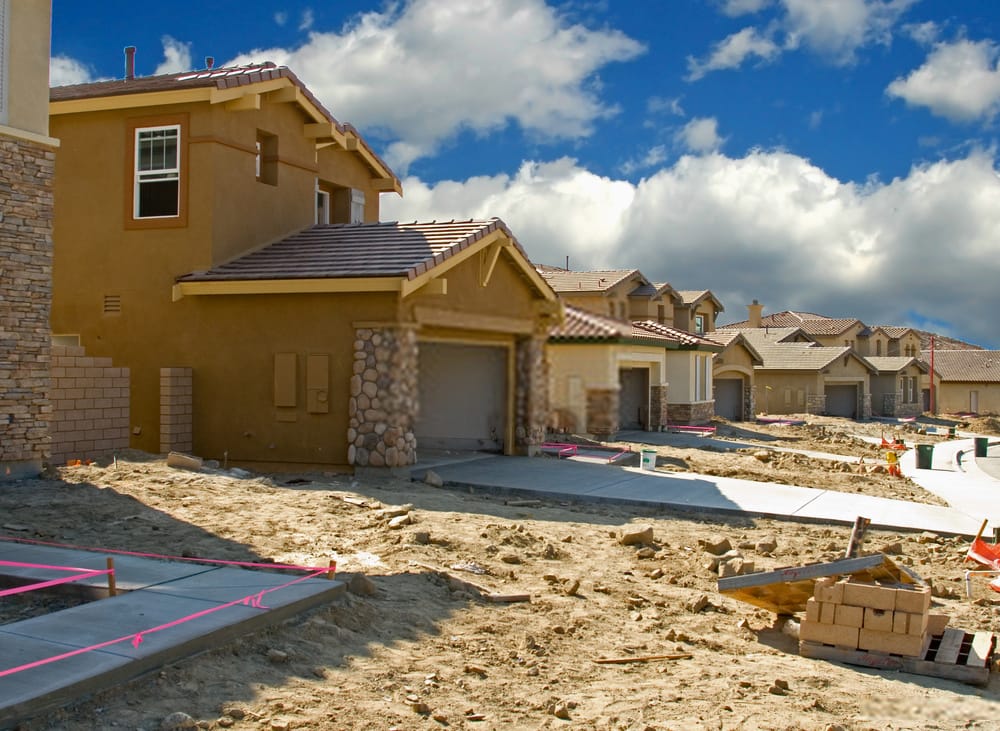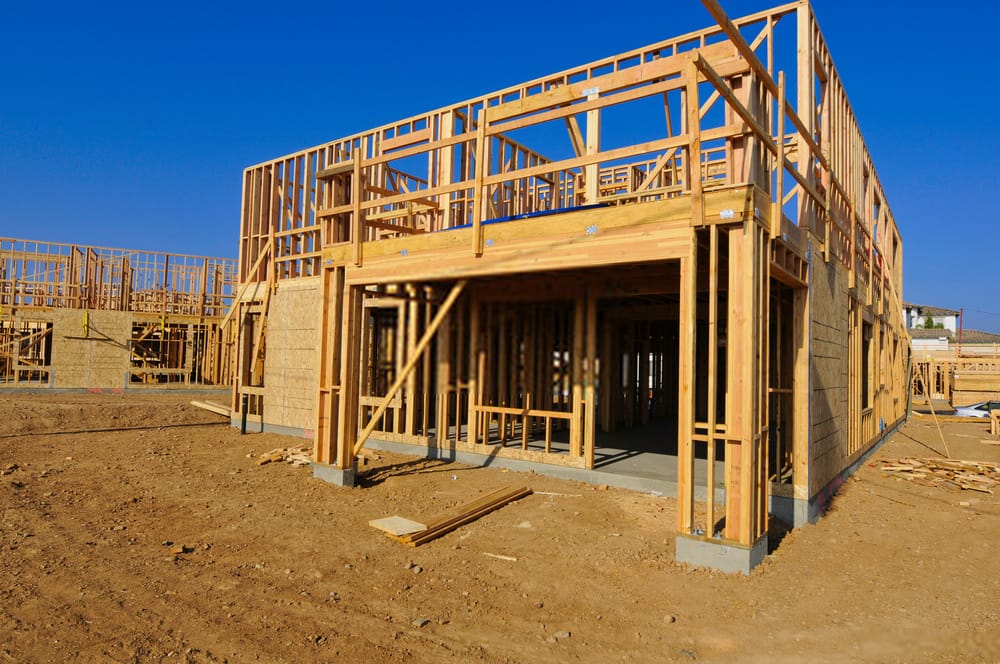When searching for a new home, many people will, at some point, take a look at new home construction. The choice to buy a newly constructed home over an existing home is a personal choice beyond the excitement of owning a new home. There are several things a home buyer should consider when deciding whether to buy a new construction home or an existing home.
Recent data provided by the National Association of REALTORS® shows that the largest age group buying new homes is between 54 to 72 years old. The majority of new home buyers said that the primary reason for buying a new home was to avoid the need for renovations in near the future. A majority of those surveyed also felt being able to customize their floor plan was a significant factor in building a new home.
It’s no surprise to builders that the largest age group of new construction homeowners is 55 and over. If you take a look at new construction in the Inland Empire, you will see there is a considerable number of 55+ communities.
Let’s take a look at some of the pros and cons of new construction homes.
Benefits of Buying a New Construction Home

- Worry-Free – Buying a home where everything is new is comforting to many people. Not unlike a new car, a new home is less likely to have significant repairs or maintenance for many years. Most homebuilders have warranties that will cover any significant issues you would experience in the first few years.
- Customization – Getting, exactly, what you want is another significant benefit of new home construction. You can select the floor plan that meets your needs. Add options and upgrades to have the perfect house without the need to remodel after you purchase the home.
- Energy Efficiency – Tankless water heaters, solar panels, efficient HVAC systems will save you money. They are just a few of the many energy-saving items that you will get with a newly constructed home.
- Fewer Health Concerns – New construction will not use asbestos, lead paint, or have unknown mold issues. While a proper home inspection will usually find these issues, a new home is guaranteed not to have these.
- Comes With a Warranty – New construction homes come with a warranty covering most items in the house for some time after the home sold. You should go over the warranty with your buyer agent to get a better understanding of what is covered. The warranty will vary from builder to builder.
- Modern Amenities – New homes are built with the most recent styles in mind. They offer open, eat-in kitchens, walk-in closets, and large master baths, to name a few.
- Move-In Ready Home – Not only is the house and all the materials new, but most builders will include some new appliances. These appliances are typically highly efficient models that all match. It is not unusual for new homes to include, stoves, refrigerators, dishwashers, and at times washers and dryers,
- Smart Home Technology – Nearly every major home builder is incorporating smart home technology in new construction. To install these features into the design of a newly constructed home is very inexpensive. But the value that they add to a modern home is invaluable.
- Amenities – Amenities are not exclusive to new construction. But nearly all new developments will have amenities incorporated into the master-planned community. These communities often include amenities like parks, community centers, and hiking trails.
The Cons of Buying a New Construction Home

- More Expensive – Brand new homes on average will cost you more. How much more will depend on the cost of upgrades that you add to the house. All these beautiful things you saw in the model home are likely upgrades. Those upgrades are heavily marked up, costing you far more than you would expect.
- Minimal Landscaping – While the model homes have exquisite landscaping, the new construction homes usually come with a sparsely planted front yards and a bare backyard. There will be no hardscape beyond the required walkways and driveways. Older homes have finished yards and hardscape. Also, they may have mature landscaping, where new construction will take many years for landscape to mature.
- Smaller Lots – Most new developments are on relatively small lots to maximize the number of homes sold.
- Location – New construction sites are often located on the edge of established towns or farther from employment. The areas make for longer commutes to work and farther from most shopping and grocery stores.
- Longer wait – With new construction, it may take many months for the home to be move-in ready. Delays could extend the timeline due to weather or contractor schedules.
- Taxes – In California, all homes have the property tax based on the tax rates of 1% set by proposition 13. But most newly constructed homes will be subject to Mello-Roos tax. Not all newly built homes will be subject to Mello-Roos, and not all existing homes are exempt from the tax. But you will have a better chance of not having to pay the tax on an older home.
The winner

Both. While the pros may appear to outnumber the cons listed above, in the end, it’s a personal choice. If a buyer is looking for a Mid-century or Victorian home, a new construction home will never make you happy. The same is true if you are looking for a community that has mature tree-lined streets. New developments will not have this for many years. If you want energy-efficient material, a modern floor plan, and the peace of mind of a warranty, new construction is the way to go.


